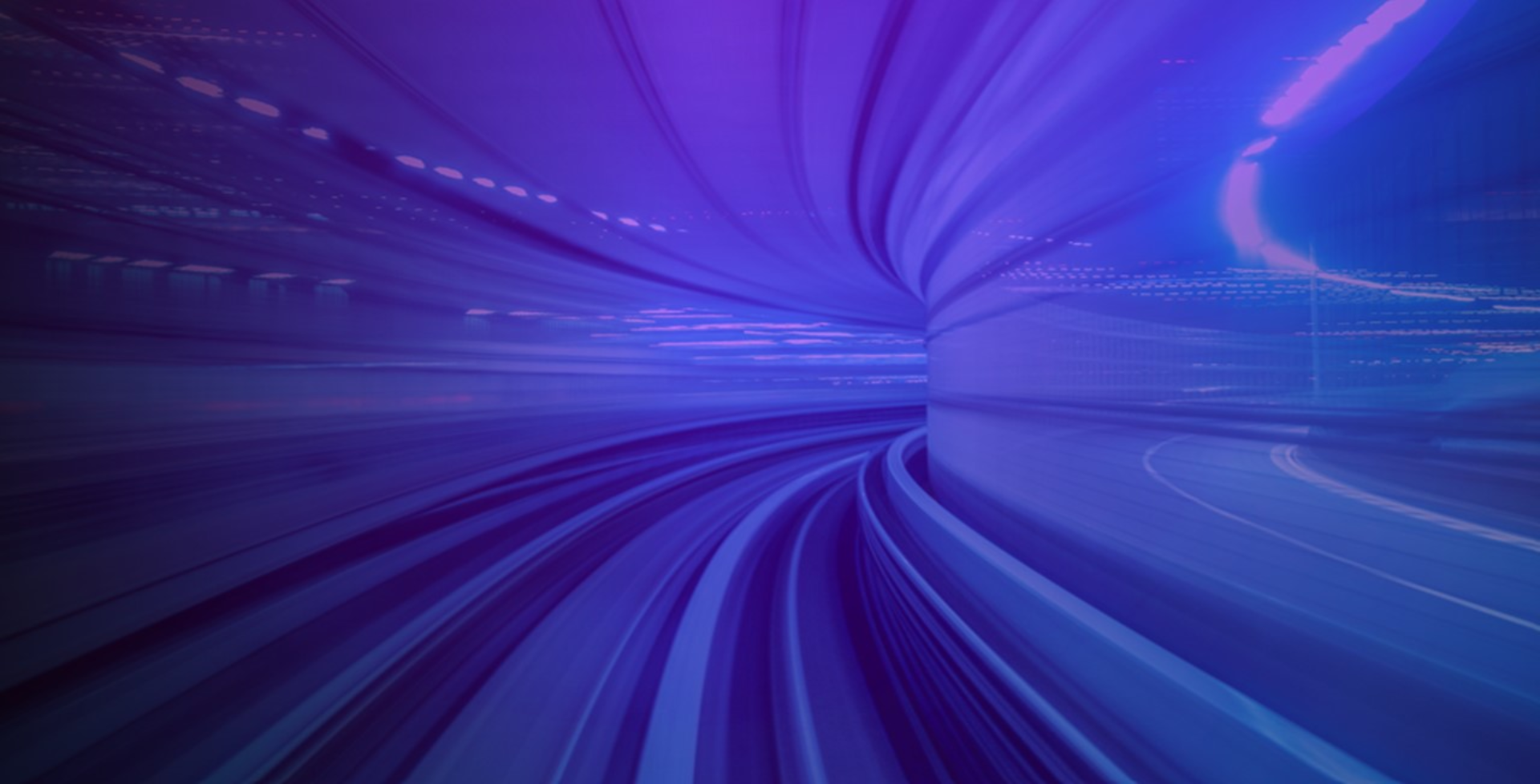The financial services sector, like many industries, is undergoing a transformation to drive new revenue streams and profitability. This shift is fueled by evolved and new business models based on advanced technologies and aimed at meeting client expectations. Similar to other industries, financial services organizations are focused on streamlining cost-to-serve mechanisms and enhancing productivity. However, unlike others, financial services companies are under strict regulations, with increasing scrutiny on IT risk and third-party dependencies.
AI, data, and cloud technologies hold great promise for addressing some of these challenges. However, their adoption is often hindered by legacy systems—a situation I call the “banking technology trap.” Many banks rely on outdated, complex mainframe systems that obstruct transformation. While many have successfully moved peripheral workloads to the cloud, there’s a critical need to modernize core systems. This step has been delayed for too long, causing financial services to lag behind other sectors in cloud adoption.
The combination of legacy systems, outdated technologies, limited expertise, new business capability demands, and increased regulatory focus has created a perfect storm. This is driving long-overdue decisions and actions, breaking the status quo.
There’s no single approach to core modernization. Successful transformations require a tailored, fit-for-purpose mix of strategies based on each organization’s starting point, context, and goals to maximize value.
In this blog, I will discuss the main strategies, archetypes and patterns for modernization that can be combined in parallel and sequential steps to create a successful roadmap:
-
In-place optimization to enhance efficiency, reliability, and service quality
For those domains where there is no immediate business need, a clear business case, or pressing obsolescence issues, but where opportunities to enhance efficiency, reliability, scalability, and service quality are still seen, the solution might lie within their existing technology framework. Some options here include:
-
- Optimizing current technology, such as configuration fine-tuning, on-line and batch workloads rationalization and data access enhancements.
- Revisiting and renegotiating vendor contracts to unlock cost savings or consolidation opportunities.
- Partial outsourcing of specific services or components to specialized providers.
- Adopting mainframe as a service (MFaaS) solutions.
-
Iso-functional technology modernization to leverage new technologies
For many business functions, products, and platforms, simply upgrading the underlying technology without altering functionality can yield significant benefits in cost, service, scalability, and productivity. Here are some options:
-
- Read off-loading: Migrating database read workloads to the cloud can offload high-volume queries while keeping critical write functions on the legacy system. This reduces processing loads on high-cost systems and provides scalability and access to more productive software development environments, in areas where speed and innovation are crucial. Maintaining write functions in the current technology minimizes risk, especially for critical financial functions that require less innovation. Key considerations under this approach include methods for data access and replication, as well as the requirements for real-time data synchronization.
- Re-platforming (lift and shift): Migrating existing legacy code to cloud-based emulated mainframe environments. This approach offers access to low-cost, scalable computing, enhanced data access and event capabilities, along with DevSecOps and higher-productivity development frameworks. There is no need to change the source code, which reduces risk and minimizes the need for specialized knowledge and resources. The main considerations in this case are the focus and effort required for establishing technical foundations, parallel run capabilities, and batch scheduling.
- Re-factoring: Rewriting legacy code in a modern language, such as converting Cobol to Java or Python, for deployment in a cloud-based architecture. Once the Development Environments (IDEs), landing architecture, and configuration are established, the source code rewriting process can be either manual or automated. New gen AI capabilities are transforming both the manual process, with ‘co-pilot’-like tools, and the automated process, improving the quality, maintainability, and performance of the new automatically generated code.
-
Functional transformation and legacy exit for business reinvention
When legacy systems and functions fall short of meeting strategic objectives, re-engineering or re-imagining functionality becomes essential. Options for this include:
-
- Custom-built solution: Developing business and technology capabilities in-house to enable market differentiation. A custom-built solution isn’t about reinventing the wheel; it’s about creating enablers to deliver personalized, differentiated products, services, and experiences. Harnessing gen AI can significantly boost software development creativity, quality, and productivity in this space.
- Packaged solution: Upgrading or replacing current core systems with a market vendor’s packaged solution, either fully or partially. Most banking software vendors embrace interoperability/composability and offer atomized capabilities that can be integrated, consumed, or implemented for specific business needs, rather than requiring a full end-to-end solution. However, when considering an end-to-end core banking package version upgrade, it’s crucial to assess the number of versions to bridge, the technological evolution between versions, and the level of customization in the installed version.
- Greenfield: Launching a new digital brand with a modern technology stack to deliver innovative products and experiences. This can be a standalone offering, a testbed for future migration of the customer base, or a way to penetrate new markets.
- Side core: Implementing a new core system alongside the legacy system to support new products and services with greater speed, flexibility, and improved capabilities. In some cases, the new core becomes the target for gradually migrating the full range of products and services, eventually exiting legacy platforms. In other cases, it is just one component in a broader overall systems strategy. Key considerations in this approach include, functional coverage of the target platform, carving out cross-product functions from the legacy system and addressing technical integration, orchestration, and coexistence.
- Core as a service: Traditionally suited for smaller institutions, this approach is now evolving to support larger players through a composable model that integrates core functions as services. Although this approach is not yet fully mature, it is expected to grow strongly in the near future.
Systematic decommissioning is vital for phasing out legacy systems when progressing along the modernization path. This process requires thorough planning to ensure that legacy components are efficiently retired as new systems become operational.
Interoperability and composability ensure a fit-for-purpose approach
The “secret sauce” that brings together all these short-, medium- and long-term applicable patterns is a robust interoperability/composability landing architecture. This architecture will serve as the structural glue for coexistence and the main enabler for some key concepts. These include de-coupling and isolating different layers, integrating various technologies and hosting models, orchestrating and choreographing services, ensuring technical coexistence, and achieving logical coexistence through cross-product abstractions and standardized micro-services frameworks.
Adopting this interoperability/composability approach and architecture will de-risk legacy modernization programs. It allows for the coexistence of legacy and next-gen systems, both on-premises and in the cloud. This enables entities to design a fit-for-purpose transformation roadmap aligned with their desired pace, selected transformation patterns and investment capabilities, while ensuring timely business outcomes. Learn more about the interoperability/composability in core banking modernization here.
Click / tap on image to enlarge.
How to start core banking modernization: Think big and start small
Crafting a successful transformation strategy requires a thorough understanding of your current state and future aspirations (beyond IT). This vision will guide a gradual transformation roadmap towards the north star goal. Start by defining a high-level vision (think big) and identifying the optimal modernization option for each domain, application or platform. Then, develop a roadmap that starts small, reducing risks, balancing investments, and ensuring timely business outcomes.
You can read about how to build a compelling business case for core modernization here. If you’re interested in exploring core modernization options and creating a tailored strategy, feel free to reach out to me here.











